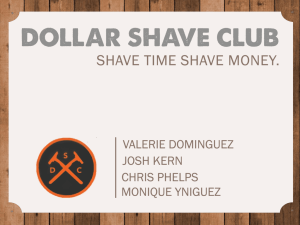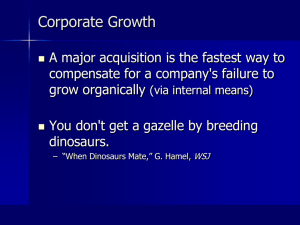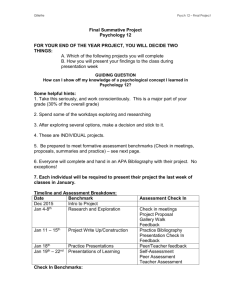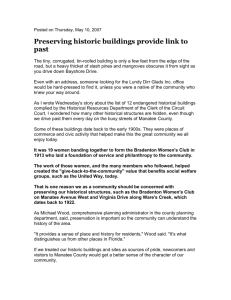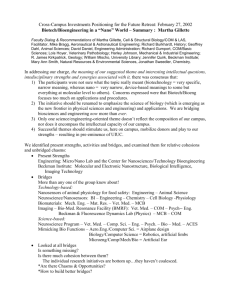Critical Thinking Paper
advertisement
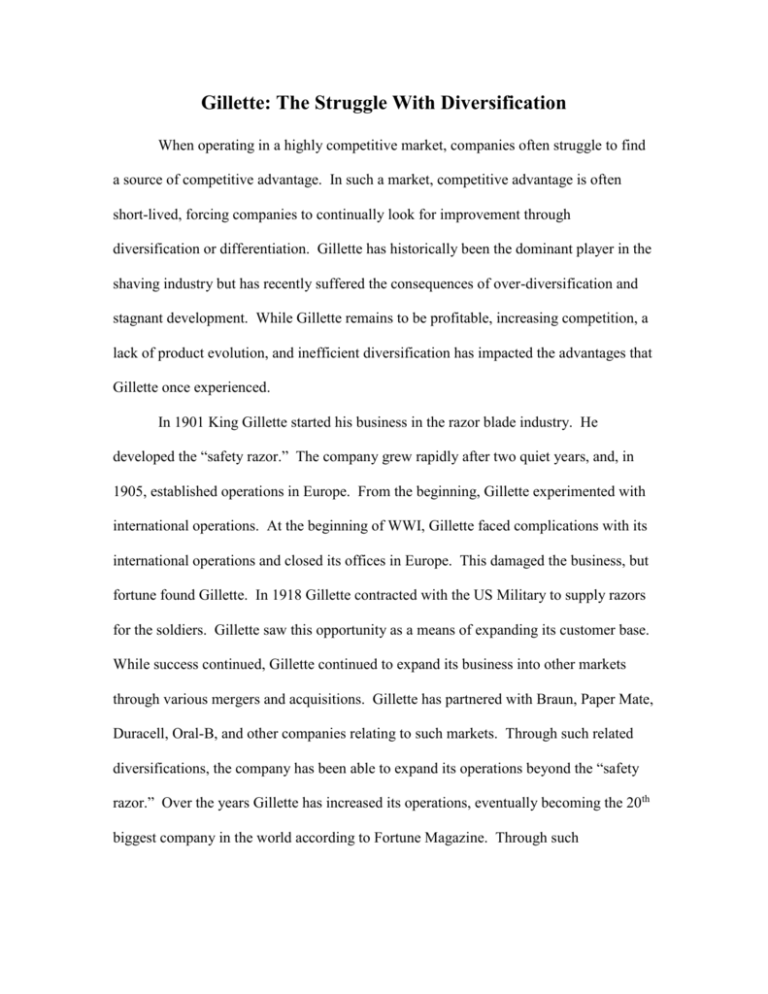
Gillette: The Struggle With Diversification When operating in a highly competitive market, companies often struggle to find a source of competitive advantage. In such a market, competitive advantage is often short-lived, forcing companies to continually look for improvement through diversification or differentiation. Gillette has historically been the dominant player in the shaving industry but has recently suffered the consequences of over-diversification and stagnant development. While Gillette remains to be profitable, increasing competition, a lack of product evolution, and inefficient diversification has impacted the advantages that Gillette once experienced. In 1901 King Gillette started his business in the razor blade industry. He developed the “safety razor.” The company grew rapidly after two quiet years, and, in 1905, established operations in Europe. From the beginning, Gillette experimented with international operations. At the beginning of WWI, Gillette faced complications with its international operations and closed its offices in Europe. This damaged the business, but fortune found Gillette. In 1918 Gillette contracted with the US Military to supply razors for the soldiers. Gillette saw this opportunity as a means of expanding its customer base. While success continued, Gillette continued to expand its business into other markets through various mergers and acquisitions. Gillette has partnered with Braun, Paper Mate, Duracell, Oral-B, and other companies relating to such markets. Through such related diversifications, the company has been able to expand its operations beyond the “safety razor.” Over the years Gillette has increased its operations, eventually becoming the 20th biggest company in the world according to Fortune Magazine. Through such diversification Gillette was able to expand efficiently, but complications have arisen through its approach in developing these product lines. While Gillette was collecting the increasing revenues from its businesses, it had forgotten the reason it had been able to achieve success in the first place: innovation. The initial success that catapulted Gillette to the top of the business world was its invention of a new and efficient product. The “safety razor” revolutionized the shaving industry like a gun revolutionized combat in the 18th century. Throughout the years Gillette has continued to develop new and profitable products, but has not had a breakthrough like the “safety razor.” Changing package colors and adding a 10th blade to a razor will only improve sales momentarily. With the addition of companies such as Oral-B and Duracell, Gillette has a tremendous opportunity to develop innovative products among multiple markets. One issue that seems apparent is the lack of innovation among all product lines. Gillette continued “growing out” without growing each of its business lines. Diversification is good as long as innovation continues driving each company. The case for Gillette lies within its industry life cycle. When an industry begins to lack product differentiation and innovation, competition expands while advantages become short lived. When Gillette started its razor business the market reacted favorably to such an original product. Once again, this gave them the advantage for decades in the shaving industry. Even into recent times Gillette has made certain advances in its razors, such as the Mach3, that have continued increasing the company’s success. However, in a market that lacks any possibility of revolutionary innovation, competition has increased. In the shaving industry Gillette continues to hold the majority of the market but is weakened by the competition. Pfizer’s Schick Company has seen a steady increase in sales while Gillette lags behind. While the recent success of Schick is evident in sales, the reason that Gillette is losing some market share is not as clear. With the competition in the razor industry increasing, it is important that Gillette differentiate itself. This was easier for the company when the product was not as commoditized, but now is important considering the competition. The issue of commoditization is evident in the company’s other areas of business as well. Duracell began its career under Gillette profitably with the introduction of its unique battery for the current technology, but has since also decreased in sales. Oral-B’s track record is very similar to the former. The constant in each of these business lines is the commoditization of the products. Since these lines are commoditized Gillette has to differentiate itself in all lines of business. Phillips, a competitor in the oral care market, has differentiated itself by creating the Sonicare toothbrush. The issue then comes down to whether or not Gillette has the corporate ability to successfully manage all of these business lines. While Gillette began as a manufacturer of razors, it has since diversified into all types of hygiene products, office supplies, and batteries. With the recent loss in sales, Gillette has made adjustments to its strategy by divesting certain businesses. In 2000, Gillette sold Paper Mate in an attempt to focus more heavily on its core operations. The issue facing Gillette, however, is whether or not they have diversified too much. The opportunity for a company to compete in different industries is often only viewed as an asset. With Gillette, the struggle is maintaining the diversification. The diversification across primarily commoditized markets is the main issue facing the company. However, since these markets are commoditized, and Gillette still has the majority of the market share in each of these areas, the company should continue its operations in these areas. Duracell may actually have the greatest upside of any of Gillette’s lines. Removing such a company would leave Gillette solely advancing in a market of products that sit on a bathroom countertop. Actually, Gillette should continue to diversify its offerings even more. As stated, all of Gillette’s current operations are in highly commoditized industries and the opportunities for growth are weakened by competition. If Gillette were to use some of its resources to expand into emerging markets than they would continue to grow. However, managing such a diversified product offering will still be a challenge for Gillette. While many companies rise and fall due to a lack of innovation in a competitive free market. Some have the opportunity to take advantage of resources and expand. With recent struggles, Gillette has divested certain business lines, replaced company officers, and focused on its core business lines. These issues have arisen through the competitive commoditized markets in which Gillette participates. However, Gillette has the capacity to gain a competitive advantage if it maintains its focus on growing each product line instead of just “growing out.”


